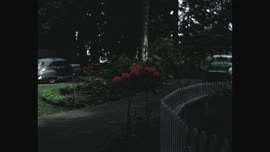Tourism B.C. Marketplace Progam [Program] - Expo 86
- AM1553-8-S7-: MI-535
- Item
- Oct. 30, 1986
Part of Yaletown Productions Inc. fonds
Item is "Marketplace Program" produced for EXPO 86 and Tourism BC. Major exhibition in BC Pavilion for EXPO 86. Multi-screen laser disc interactive display. Laser discs were very new at this time and cost over $2500 each to manufacture. This laser disc was produced to be used with specially designed players that would allow for touch-screen interaction from visitors to the B.C. Pavilion. These machines no longer exist; to get an idea of what options were made available pause the playback to view what the touch-screen displays looked like.
Item includes visual vignettes featuring footage to represent various geographical areas of the province of British Columbia. Theme music plays in the background of the scenes; no dialogue. Brief written descriptions of each area of the province precede each section of footage. At 00:10:23 - 00:10:24 screen shots of all of the various touch screen menu screens appear - to see these please slow down the playback and pause for each. Starting at 00:10:26 the footage plays out that would have been associated and parsed out for the various selected menu choices. At 00:12:08-00:12:11 more screen shots of selections flash by, again slow or pause to view these fully. Starting at 00:12:12 more groupings of clips of British Columbia can be viewed. From 00:13:55-00:13:58 there are more menus and screenshots, pause or slow down the playback to view. Starting at 00:13:59 there are more groupings of clips of British Columbia. From 00:15:38-00:15:40 there are more menus and screenshots, pause or slow down the playback to view. Starting at 00:15:42 there are more groupings of clips of British Columbia. From 00:17:24-00:17:26 there are more menus and screenshots, pause or slow down the playback to view. Starting at 00:17:27 there are more groupings of clips showing British Columbia. From 00:19:03-00:19:05 there are more menus and screenshots, pause or slow down the playback to view. Starting at 00:19:06 there are more groupings of clips showing British Columbia. From 00:20:53-00:20:57 there are more menus and screenshots, pause or slow down the playback to view. Starting at 00:20:59 there are more groupings of clips showing British Columbia. From 00:19:03-00:19:05 there are more menus and screenshots, pause or slow down the playback to view. Starting at 00:19:06 there are more groupings of clips showing British Columbia. From 00:22:33-00:22:35 there are more menus and screenshots, pause or slow down the playback to view. Starting at 00:22:36 there are more groupings of clips showing British Columbia. From 00:24:23-00:24:26 there are more menus and screenshots, pause or slow down the playback to view. Starting at 00:24:28 there are more groupings of clips showing British Columbia. At 00:26:14 there is the final section of menu screen shots and following that brief shots of hotels and lodgings in British Columbia. Final credits at 00:26:38.

![Tourism B.C. Marketplace Progam [Program] - Expo 86](/uploads/r/null/1/2/1229032/56b256bc-a220-4356-82b5-6d7dc583fa08-MI-535_142.jpg)
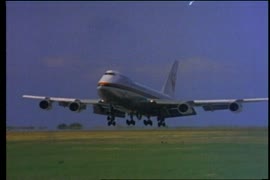
![BC [British Columbia] postcard - The Rockies to the Pacific](/uploads/r/null/1/2/1226936/e2a6b4cf-7e7e-48c3-8e3b-6a150d917129-MI-342_142.jpg)
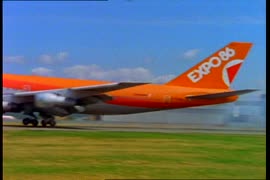
![Vancouver - Pacific Celebration [French narration]](/uploads/r/null/1/2/1228790/58ebd069-04cd-4163-aa23-f9678d87fff2-MI-340_142.jpg)


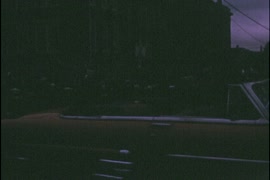

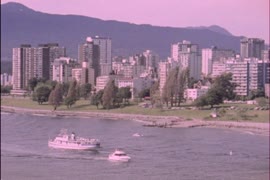


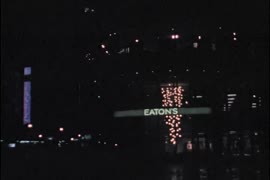


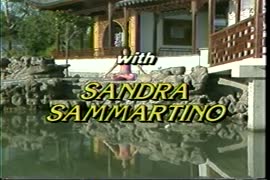
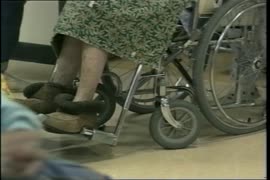
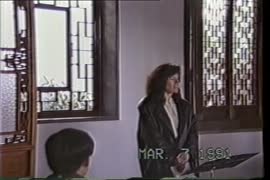

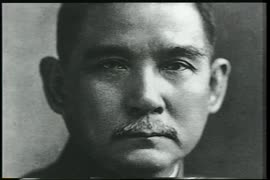

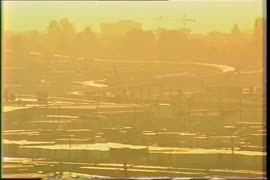








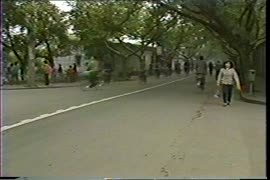
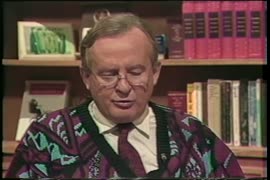
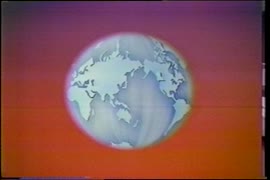
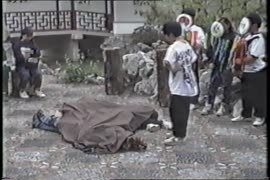
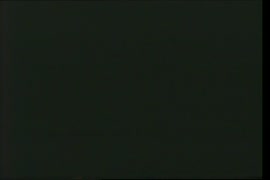
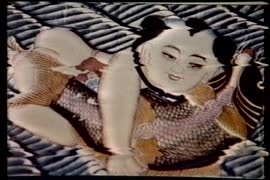
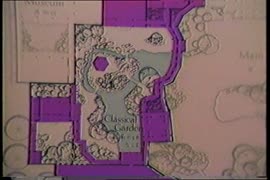
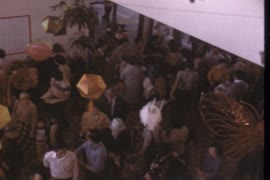



![Stanley Park and [North] Shore - Horseshoe Bay and Malahat Hwy. - Mr. and Mrs. Tom Fowlers to Vic...](/uploads/r/null/5/c/6/5c697861893c630042fb5a2fac0aacaf294c63237840781ebc9a04eee647792b/7acd8a3b-1f6c-490c-8ded-ee944db96cb5-2013-033_142.jpg)


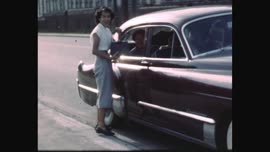
![[Boundary] Bay - [Tsawwassen] Ferry - Gee How Oak Tin Assn - Nature Bridge of Yoho Park - Lake [L...](/uploads/r/null/e/e/2/ee24a4bc78d5278ea21e442758cf103147bb1372f49aa1028ee62e0b3c5facea/d9ffdf67-862c-48dd-bf96-51521e21d7b6-2013-033_142.jpg)

